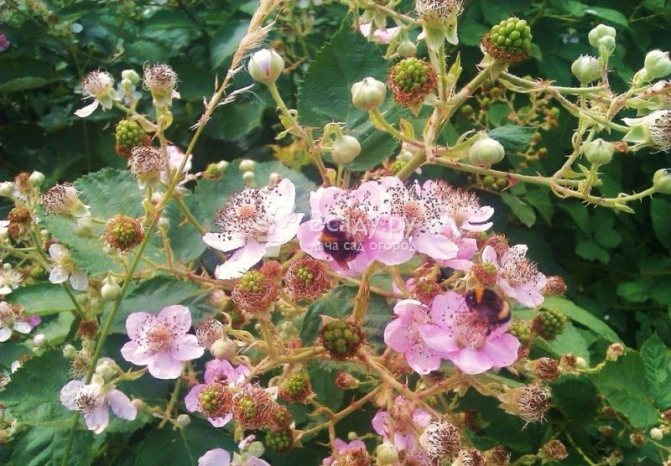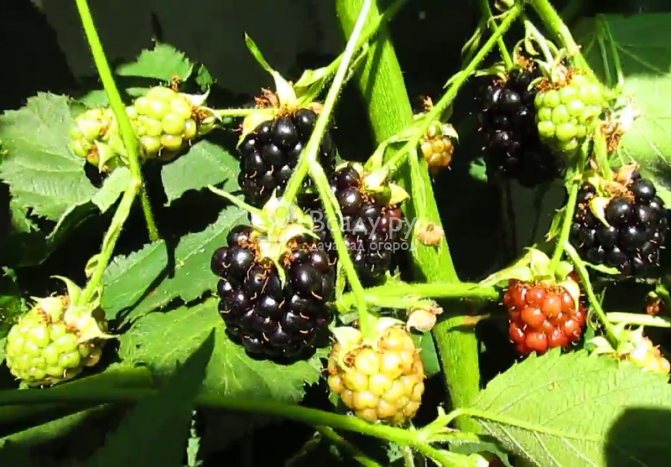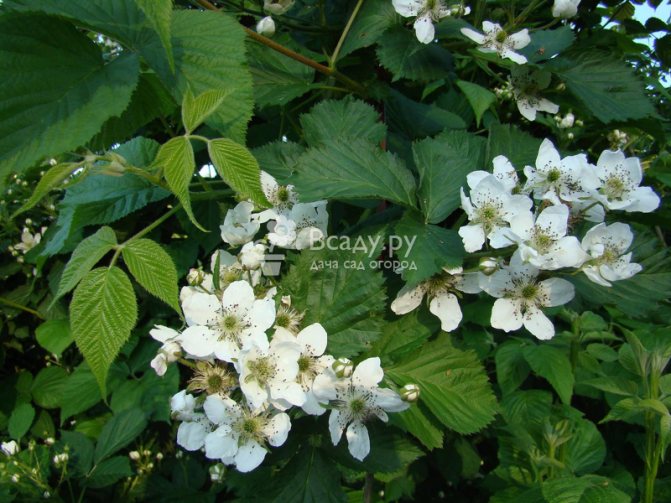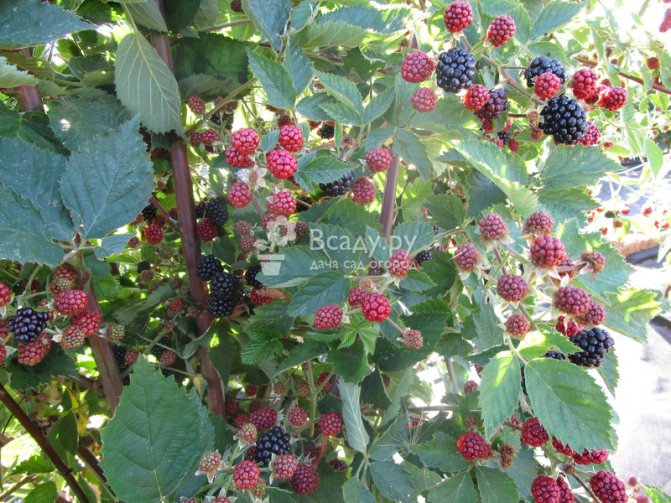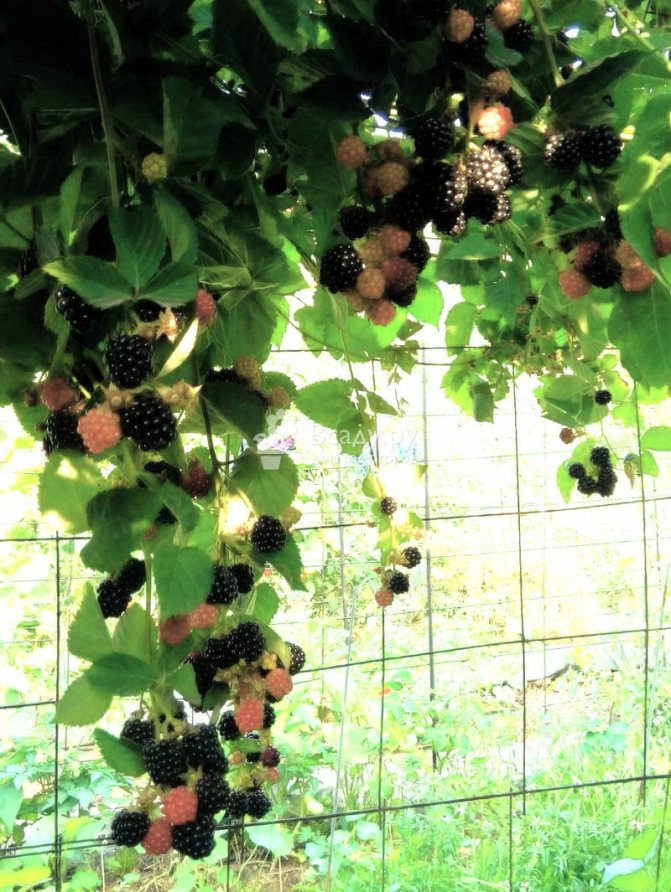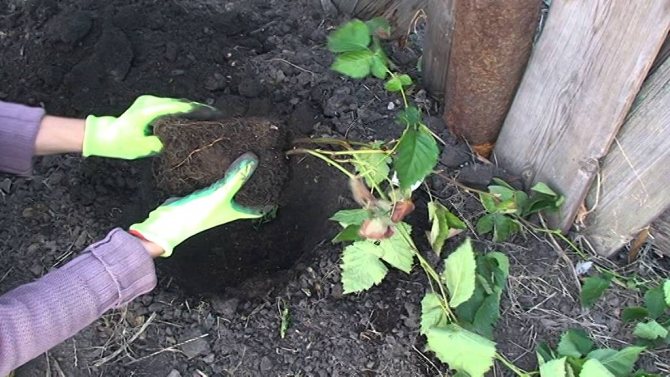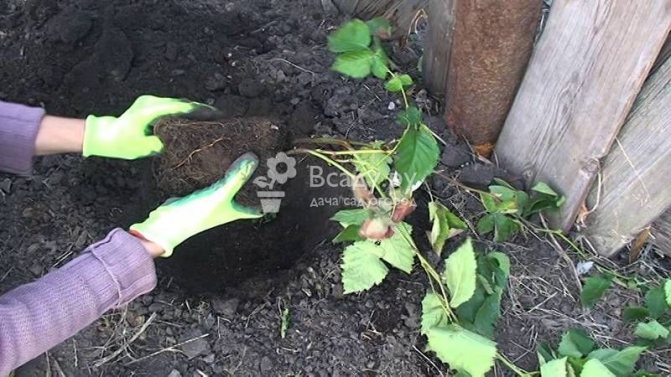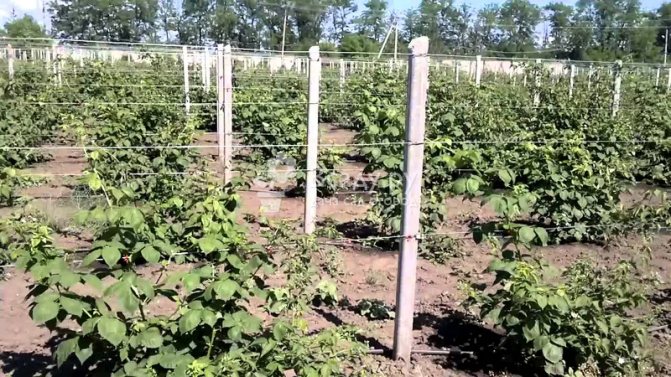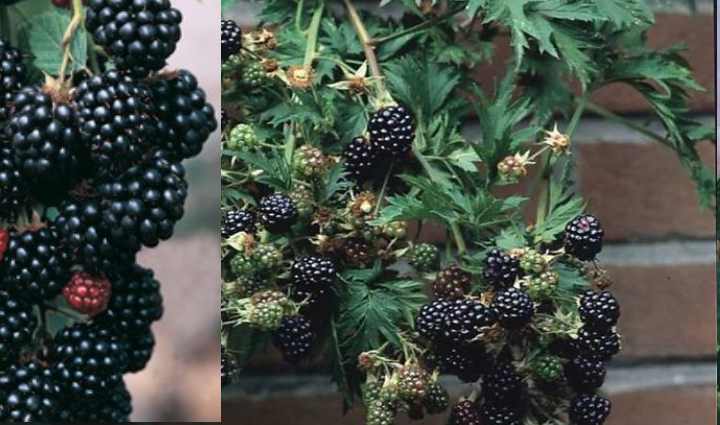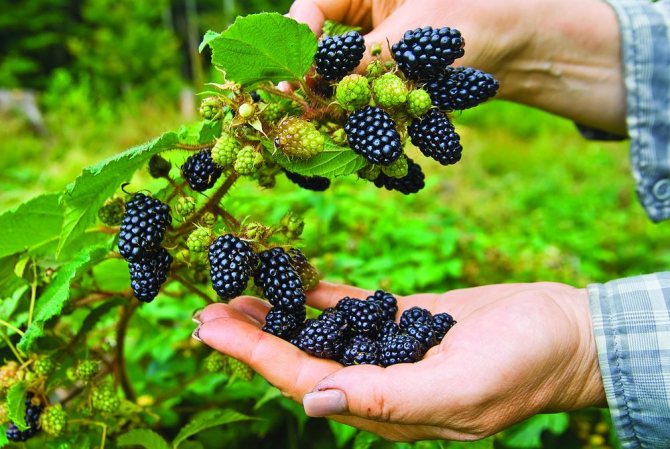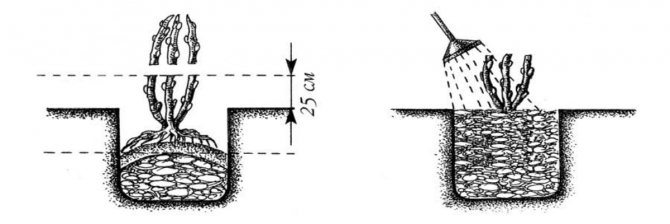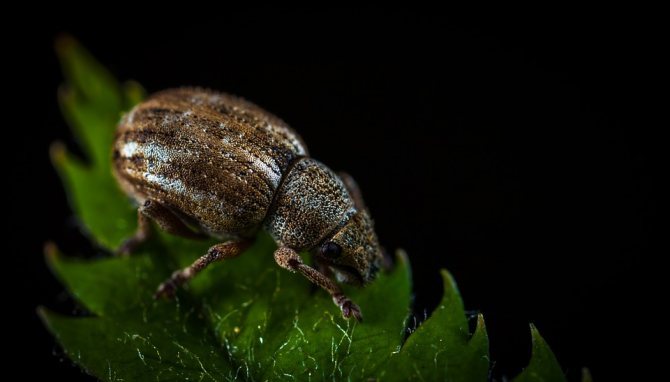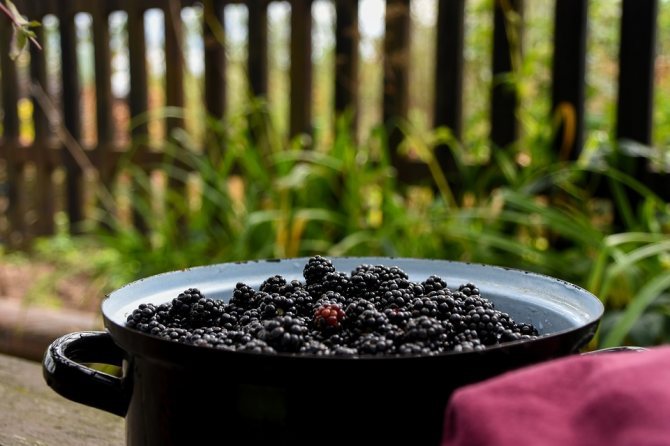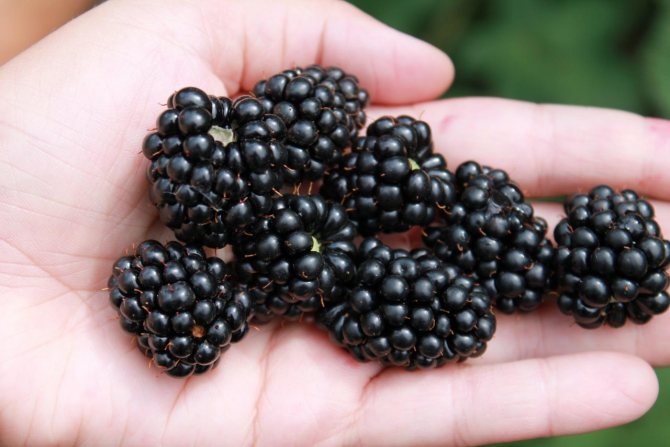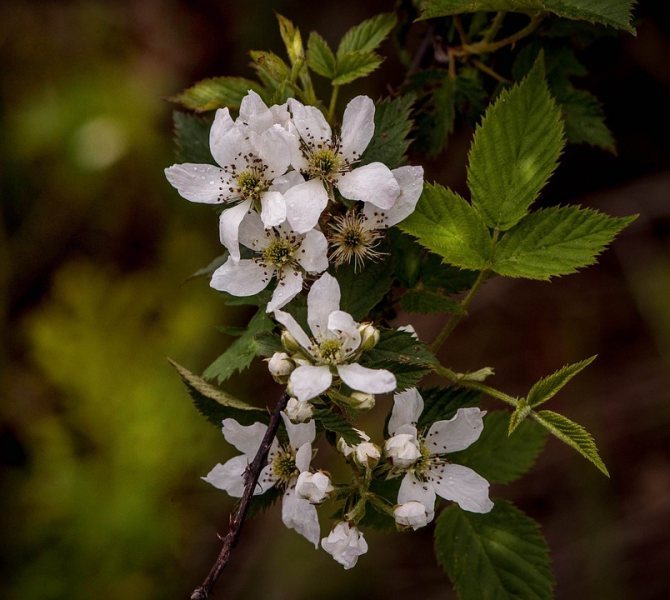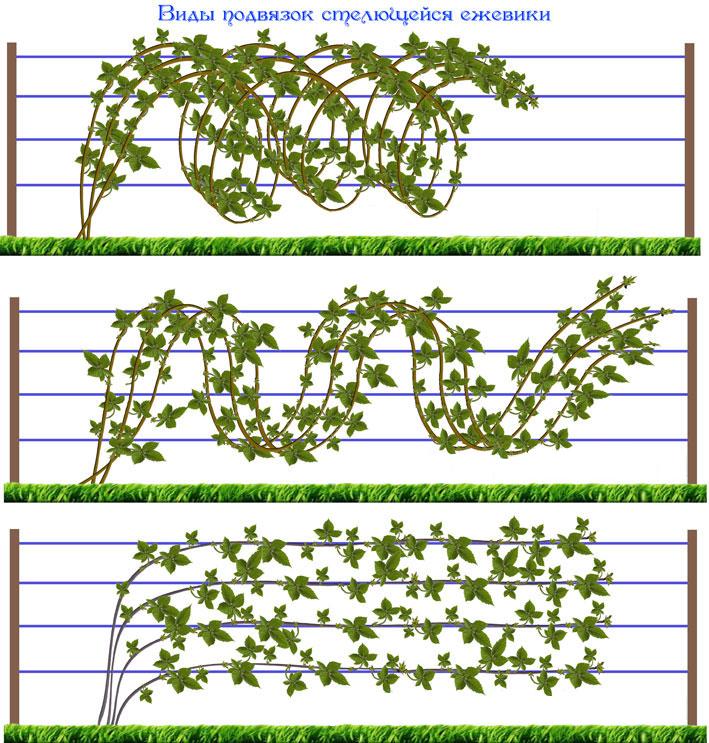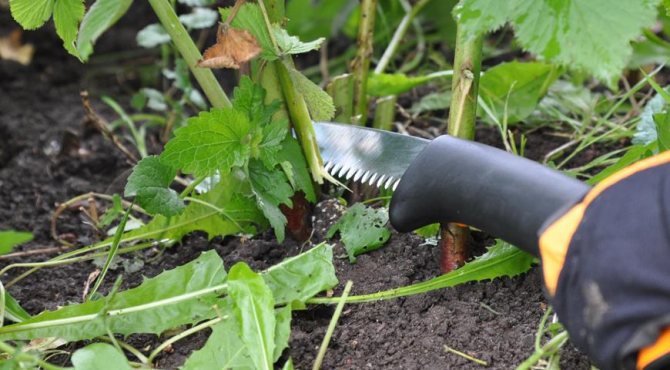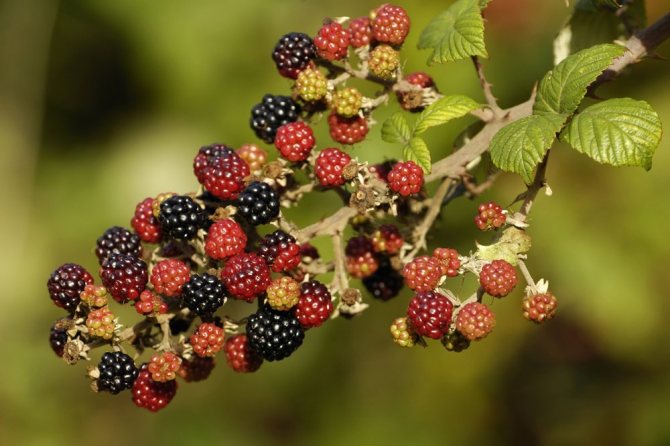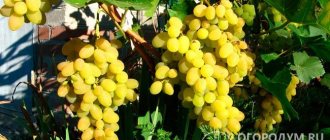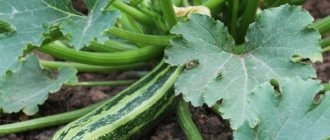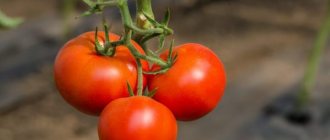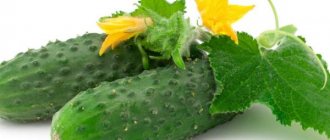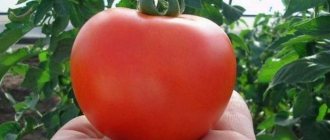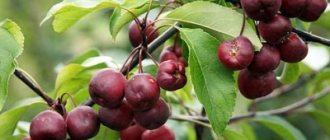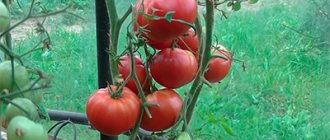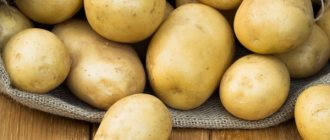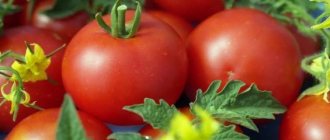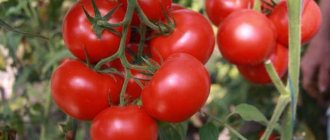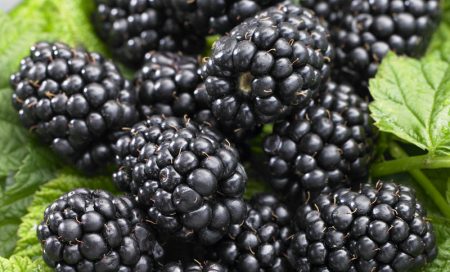
Blackberries are rarely found in garden plots. It is in less demand than strawberries or raspberries. However, in taste and useful properties, it is not inferior to its rivals. Black Satin is one of the best blackberries. The berries have a unique flavor that combines juiciness, sweetness and sourness.
Blackberries have a rich balanced composition. It includes glucose, ascorbic acid, fructose, copper, potassium, manganese and many other equally useful components. Eating blackberries reduces the risk of colds, strengthens the immune system.
Description of berry culture
Blackberry Black Sateen has become widespread throughout the world. In its appearance and other characteristics, it resembles the parent variety Tonfrey.
General understanding of the variety
Black-Satin blackberry belongs to semi-creeping varieties. It has powerful shoots without thorns of a dark brown color up to 5-7 m long. Up to 1.2-1.5 m they grow upward, like a kumanik, then pass into a horizontal plane and become like a dew-grass. If the lashes are not tied, then under their own weight they will bend to the ground and begin to creep.
Shoots grow very quickly, at the beginning of the growing season, gaining up to 7 cm daily. They give a lot of lateral shoots. Without constant molding, Black Satin blackberries form a thickened bush that is not able to "feed" itself. The berries do not receive enough light and nourishment, become smaller and cannot fully ripen.
Black Satin shoots are tough and break easily when you try to bend them. Therefore, despite the absence of thorns, it is difficult to tie and remove them from the support.
The leaves are large, bright green. Each consists of 3 or 5 serrated segments with a pointed base and a tip.
Comment! The variety does not produce overgrowth.
Berries
Black Satin flowers are pink-violet when opened, after a few days they fade to white. They are collected in brushes of 10-15 pcs.
Berries of medium size - on average from 3 to 4 g, at the ends of the shoots - much larger, up to 7-8 g. As can be seen in the photo of the Black Satin blackberry, they are beautiful, rather rounded than elongated, glossy black. They are poorly separated from the stalks.
Opinions differ on the taste of Black Satin. The manufacturer rates it at 3.8 points, and domestic gardeners conducting their own surveys put the variety at the end of the list. Some people do not give Black Sateen more than 2.65 points.
What's the matter? At the stage of technical ripeness, the fruits are really tasteless, just sweet and sour, with a weak aroma. But on the other hand, they remain dense and suitable for transportation. When Black Satin berries are fully ripe, they become tastier, sweeter and more aromatic. But the fruits are softened to such an extent that it becomes impossible to transport them.
The harvest ripens on last year's growth.
disadvantages
The obvious disadvantage of this variety is:
- low frost resistance;
- extended and scattered ripening period of berries;
- stiff and brittle shoots;
- ripe fruits are too soft and cannot stand long-term transportation;
- the crop is poorly stored and requires quick processing.
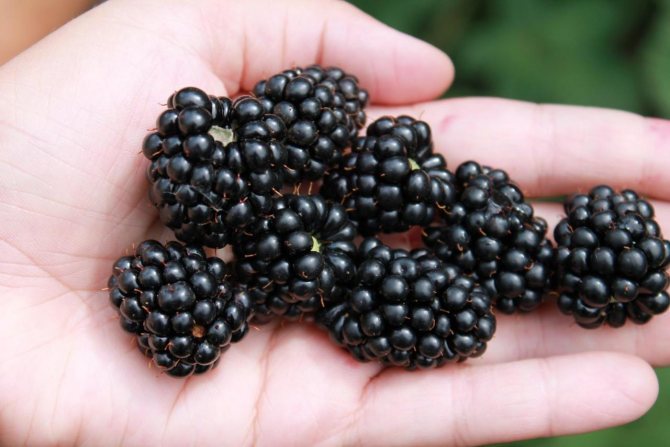

Berries are best consumed fresh or made from them: compotes, preserves, jams, juice, wine. It is recommended to freeze, then the beneficial properties are preserved.The peculiarity of the variety is that the peak yield occurs in the first years of growth - the berries are large, juicy and delicate in taste. They gradually become smaller and denser, which facilitates transportation and extends shelf life.
Description
This so-called. half-spreading blackberries have rather thick shoots, which at first grow upward, and when they reach a certain length, they begin to slope and creep along the ground under their own weight. They grow up to 5 meters, which means they need support and shaping on a trellis. At the same time, the shoots are quite tough. Unlike the mildew with its flexible whips, the shoots of half-spreading blackberries bend poorly and break off when you try to lay them in a zigzag, or tilt them closer to the ground. Therefore, if you plan to cover the plant for the winter, it is better to immediately direct the young growth parallel to the horizon.
Berries are medium in size, weighing about 5 grams, the largest - up to 8 grams. They are collected in large, multi-berry clusters of a very attractive appearance. Reviews about taste are different, due to one feature. The fact is that at the stage of technical maturity, when the berry still retains its density, it has a sweet and sour taste, which does not at all encourage fresh consumption. After that, the ripening fruits acquire sweetness and aroma, but become soft and practically non-transportable. If they are not collected at this stage, they quickly overripe, lose their taste and can be affected by gray rot.
a brief description of
| A type | summer |
| 3,8 / 5 | |
| 5 g | |
| 10-15 kg |
| Thorns | not |
| Term | middle |
| 3,6 / 5 | |
| -22 ° C |
When growing Black Satin, it is important to learn to distinguish between ripe berries and unripe ones. The experience of the picker and regular harvesting of fruits (at least once every two days) will significantly improve the quality of the harvested crop. But a ripe berry must be sold, consumed, or processed almost on the day of harvest, making it unsuitable for the fresh market.
Another feature of the culture is that in the first years of life, the plant produces larger, juicy, and therefore softer fruits. Over time, their number increases, their size decreases, and their density increases. This extends shelf life and improves transportability.
The yield of the variety is commendable. With an average of 10-15 kg per plant, seasoned gardeners manage to bring this figure to 25 kg. Fruiting begins at the end of July and lasts until the end of September.
In the video, our hero's countrymen use it in various states of aggregation:
Black Satin is able to withstand temperatures as low as -22 degrees. Anything below that leads to freezing of the shoots, therefore, they should be covered for the winter. Disease and pest resistance is at its best. The bush must be shaped so that it is well ventilated, since gray rot often develops in dense thickets, which can destroy a significant part of the crop.
Characteristic
A description of the characteristics of the Black Satin variety will help gardeners decide whether to grow it on a personal plot.
Main advantages
The Black Satin variety has an average frost resistance (lower than that of the parent Thornfrey blackberry), it must be covered for the winter. Bushes damaged by frost recover quickly. The crop does not tolerate drought well and requires uniform moisture, like other blackberries.
When planting the Black Satin variety, the soil should be tailored to the needs of the crop. Difficulties in care are mainly due to rapid growth and the ability to form many lateral shoots. It is difficult to cover adult lashes for the winter, and in the spring to tie them to the supports.
Comment! It is believed that the farther the bushes are separated from each other, the easier it is to care for the studless blackberry Black Satin.
It is easy to transport only unripe berries of the Black Satin variety, ripe fruits have low transportability.
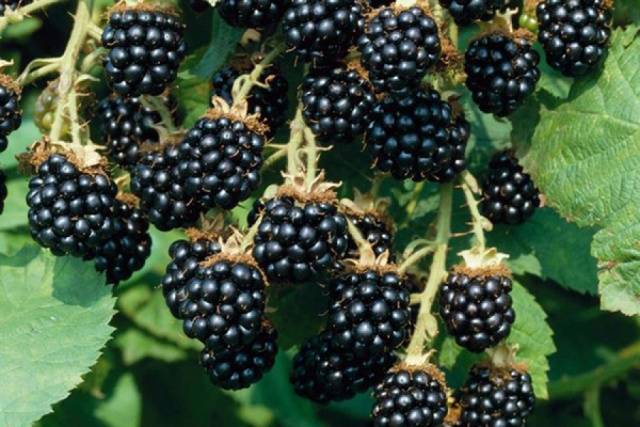

Flowering period and ripening time
Blossoming of the bushy blackberry Black Satin begins in late May or early June. It is very stretched, often on one fruit cluster you can see buds, green and ripe berries.
When comparing blackberry varieties Thornfrey and Black Satin, which are related and very similar to each other, it should be noted that the latter ripens 10-15 days earlier. Fruiting begins in late July or early August (depending on the region) and lasts until late autumn. It should be noted that in the northern regions about 10-15% of the harvest does not have time to ripen even with good agricultural technology.
Advice! If the frost occurs before all the berries are ripe, cut off the branches with fruits and flowers and dry them. In winter, they can be added to tea or brewed as a medicine. This vitamin supplement tastes better than ordinary blackberry leaves, and it also contains more nutrients.
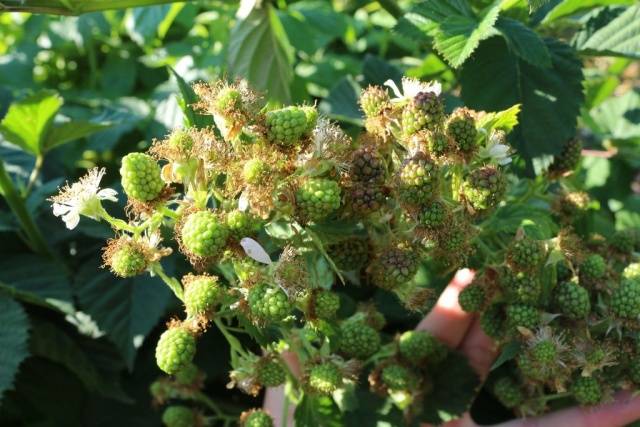

Yield indicators, fruiting dates
The yield of Black Sateen is high. 10-15 kg of berries are harvested from a bush at the age of 4-5 years, and with good agricultural technology - up to 25 kg.
In 2012-2014. In the Kokinsky (Bryansk region) support point of the FSBSI VSTISP, the introduced varieties of blackberries were tested, among which was Black Satin. The variety showed high productivity - 4.4 tons of berries were harvested per hectare. Fruiting in the Bryansk region began at the end of July.
Interesting! In the study, the average number of berries set on one plant was calculated. Black Satin showed the highest result - 283 fruits, significantly overtaking the closely related Blackberry Thornfree, which produced 186 berries.
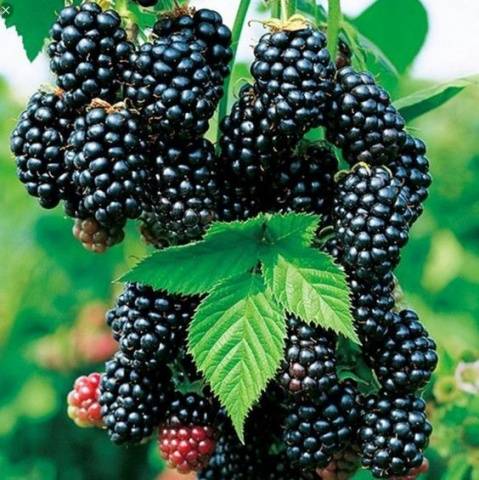

The use of Black Sateen as an industrial variety is problematic. Unripe berries have a mediocre taste, and ripe soft, they cannot be transported. In addition, Black Satin blackberries must be harvested every three days, otherwise the fruits are affected by gray rot. This is of little relevance to private gardeners and smallholder farmers. For summer residents and large farms, such a fruiting feature is unacceptable.
Landing rules
Planting Black Satin blackberries is not much different from other varieties. Unless in private farms, it is recommended to plant bushes away from each other, and even then, if possible.
Recommended timing
In most regions of Russia, it is recommended to plant Black Satin in the spring. This will allow the bush to take root and grow stronger over the season before the onset of frost. In the south, the variety is planted in the fall, since during spring planting, blackberries can suffer from the quickly onset of heat.
Choosing the right place
The best place to plant blackberries is in sunny areas, sheltered from the wind. Black Satin can tolerate a little shading, but it is permissible only in the southern regions. In the north, with a lack of sunlight, the wood will not ripen, therefore, it will not winter well, and the percentage of berries that did not have time to ripen will be much higher.
Standing groundwater is no closer than 1.0-1.5 m to the surface.
Do not plant Black Satin next to raspberries, other berry bushes, strawberries and nightshade crops. They can infect blackberries with diseases that, if placed correctly, you would not even think about. Generally the recommended distance is 50 m, which is difficult to achieve in small areas. Just plant the crops further apart.
Soil preparation
The Black Satin variety is not very picky about soils, but before planting, the soil must be improved by introducing a bucket of organic matter, 120-150 g of phosphorus and 40-50 g of potassium dressings into each planting pit.
Important! All blackberry fertilizers must be chlorine free.
Blackberries grow worst of all on sandstones, to which more organic matter needs to be added, and heavy loams (improved with sand). The soil for the culture must be slightly acidic. High-moor (red) peat is added to alkaline and neutral soils. Excessive acidic soil reaction is muffled with lime.
Selection and preparation of seedlings
The future health of the blackberry and the harvest depends on the choice of planting material. The seedling should be strong, with smooth, intact bark and a well-developed root system. The Black Satin variety of blackberries is not so uncommon, but it is better to buy it in nurseries or reliable retail chains.
The container plant is watered on the eve of planting, the open root is soaked in water.
Algorithm and scheme of landing
A distance of 2.5-3.0 m is left between the blackberry bushes Black Satin. In industrial plantings, planting compaction up to 1.5-2.0 m is allowed, but in this case, fertilizing should be intensive, since the feeding area is reduced.
Important! For the Black Satin variety, the distance between the bushes of 1.0-1.2 m is considered critical.
The planting hole is dug in advance, filled 2/3 with a nutrient mixture and filled with water. Its standard size is 50x50x50 cm.After 2 weeks, you can start planting:
- A mound is formed in the center, around which the roots are spread.
- The pit is covered with a nutrient mixture so as to deepen the root collar by 1.5-2 cm.
- The soil is compacted, the blackberries are watered with water, spending at least 10 liters per bush.
- The earth is mulched.
- The seedling is cut 15-20 cm.
Breeding history
The difference in weather conditions and the long period of formation and ripening of fruits pushed scientists to create new varieties. The choice today is so great that it is quite difficult to make the right decision, therefore it is necessary to know the characteristics of each.
Did you know? The main difference between remontant varieties and ordinary ones is in their genetic ability to adapt to weather and climatic conditions.
It was first mentioned in 2020. He was tested in Arkansas along with other varieties and quite successfully declared himself. An important feature of the variety is that the breeders have worked not only to increase the size of the berry, as well as the taste characteristics, but also on the appearance.
There are no thorns on the shoots. It is this newest variety of American selection, which is referred to as "tu-timers", that is rapidly conquering the area of gardeners' homestead plots.
Blackberry Black Satin is a tall and delicate variety!
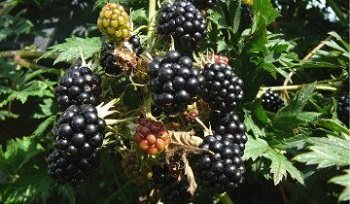

Blackberries have been grown in garden plots for a long time. Its enormous popularity is evidenced by the number of varieties of this berry culture bred by breeders to date - more than 350 varieties.
With proper planting and care, this perennial gives 10-11 kg of yield from each bush. There are many of the most popular and fruitful varieties of blackberries that are grown by gardeners in our country; Loch Ness, Oregon, Erie, Eldorado and some others. But in this article we will talk about the Black Satin blackberry, about its main characteristics, about the pros, cons of the variety and the peculiarities of planting and caring for this berry bush.
"Black Raspberry": amazing near
The fruits of the blackberry are not only not inferior to the raspberries, to which they are so similar, but in many respects they are superior to their relative. In addition to the spectacular appearance, the berries of this plant are also very useful.
Blackberry boasts:
- high acid content;
- a variety of vitamins and minerals (carotene, alpha-tocopherol, ascorbic acid, vitamins P, PP, K, B);
- the content of the main macronutrients (nickel, iron, chromium, barium, titanium, vanadium, copper, molybdenum).
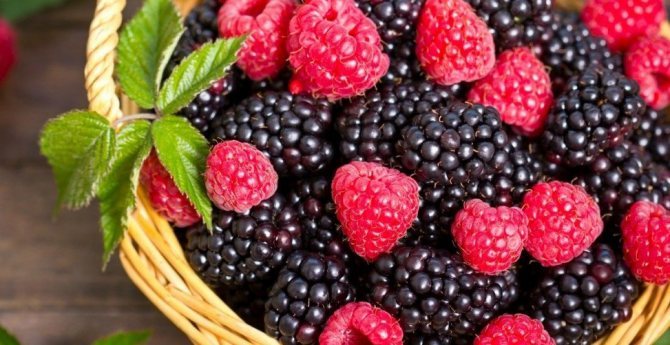

Blackberries are as useful as their well-known relative.
All this gives the berry a number of medicinal properties. In medicine and cosmetology, blackberries have been used since ancient times.Today it is recognized as a means of combating the development of cancer cells. And the fruits are also capable of:
Follow-up care of the culture
Caring for Black Satin blackberries is more difficult compared to other varieties due to the need to constantly form a bush and the problems that thick stiff shoots deliver.
Growing principles
Growing Black Satin blackberries without a garter is impossible. Although her lashes are devoid of thorns, they are very long, without formation and trimming, they grow first upward, then descend to the ground and take root. With a powerful shoot-forming ability of the variety, impassable thickets can be obtained in a season. It is very difficult to put in order a neglected blackberry, since the branches are thick, stubborn and easily break.
The shoots of Black Satin must be taught to be placed on the trellis when they reach a length of 30-35 cm. The lashes are bent to the ground and secured with staples. They are lifted onto the support after reaching 1.0-1.2 m.
Necessary activities
Blackberry is a moisture-loving culture. Black Satin is extremely productive and therefore needs more water, especially during flowering and berry formation.
Other blackberry varieties recommend starting feeding in the third year after planting. Black Satin quickly grows green mass, forms many lateral shoots and berries. Top dressing begins after a year:
- In the spring, immediately after thawing or directly in the snow, they give the first, nitrogen fertilization.
- At the beginning of flowering, blackberries are fertilized with a full mineral complex.
- Further, once a month (until August), the plant is fed with diluted mullein infusion (1:10) or green fertilizer (1: 4) with the addition of ash.
- In August and September, the bushes are fertilized with phosphorus and potassium. It dissolves well in water and gives excellent results potassium monophosphate.
- Throughout the season, foliar feeding should be done, they are also called fast. It is good to mix fertilizers specially designed for these purposes, humate, epin or zircon and a chelate complex. The latter prevents chlorosis and nourishes the Black Satin blackberry with trace elements necessary for plant health and a good harvest.
It is better to replace loosening with mulching with sour peat or humus. Harrowing is carried out after planting shoots on supports, harvesting and before sheltering for the winter.
Shrub pruning
Black Satin brambles should be pruned regularly. 5-6 strong shoots of the last year are left for fruiting. Side lashes are constantly shortened to 40-45 cm, weak and thin ones are cut out completely.
Shoots that have finished fruiting are removed before shelter for the winter. In the spring, 5-6 best lashes are left, weak lashes, frozen or broken ends are cut off.
In the Black Satin variety, the leaves also need to be rationed. During the ripening of the crop, those that shade the fruit bunches are cut off. Just don't overdo it! Blackberries need foliage for nutrition and the formation of chlorophyll.
Advice! In the first year after planting on Black Satin, it is recommended to pick all flowers.
Preparing for winter
We will assume that you have accustomed young shoots to trellis as described in the "Principles of Growing" chapter. Before winter, it will remain to cut out the whips that have finished bearing fruit at the root, remove the annual growth from the support, and fix it on the ground. Then you need to cover the blackberries for the winter with spruce branches, agrofibre and cover them with soil. Special tunnels can be built.
Important! It is necessary to open the blackberries in the spring before budding begins.
Diseases and pests: methods of control and prevention
Like other varieties of blackberries, Black Satin is ill and rarely affected by pests. If you do not plant raspberries, strawberries and nightshades next to it, spring and autumn processing with copper-containing preparations will be enough.
The problem for Black Satin is the gray rot of the berries. In order to prevent disease, the fruits must be removed as they ripen every 3 days.
Description of the Black Satin variety and its advantages
Black Satin is an achievement of American breeders, a fruit bush with a record harvest. The shoots are creeping and rather fragile, they grow up to 7 m in length. The perennial grows quickly, therefore it requires formative pruning. The name translates as "black silk". Indeed, the berries are shiny and smooth, large, rich black, sweet with a slight sourness.
Benefits:
- Unlike other members of the genus, this variety has no thorns.
- The berries are formed within a few months. The term stretches from mid-June to August-September. On one bush, you can see both ripe and green berries and flowers. Ripe ones have a dark color, easily come off, soft to the touch.
- The blackberry root system does not go beyond the boundaries of the garden, it grows deep enough into the ground.
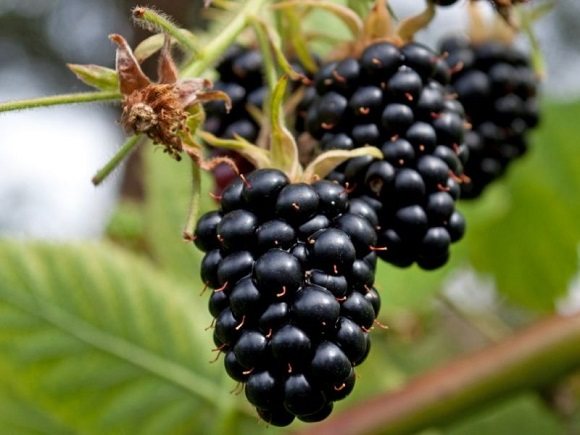

Ripe berries - The absence of thorns makes the cultivar more convenient to care for than other species. Nevertheless, Black Satin is considered a capricious plant. To grow a fruiting shrub, you will have to try a lot.
- Blackberry can be used as a honey plant.
- Berries are extremely useful, they contain a large percentage of vitamin C, as well as useful acids, trace elements, carotene. The use of fruits helps to restore the elasticity of blood vessels, eliminate insomnia, and strengthen immunity. This is a good prevention of cancer. A good vitamin pair will be golden currant or black chokeberry.
A blackberry bush with a record, delicious harvest has several disadvantages:
- branches are hard and brittle, they are easy to break;
- berries are stored for up to 4 days;
- overripe crops are easily affected by rot;
- in cold regions, the plant needs shelter, as it is not cold-resistant.
Despite the fragility of the branches and fruits, Black Satin remains the leading blackberry in many respects. This characteristic makes the blackberry a welcome guest on the site. In addition to it, other varieties of blackberries without thorns can be planted on the site, which will bear fruit abundantly every year.
Video with the characteristics of the variety and cultivation practice from V.V. Ryazantsev
Variety yield
Black Satin is a fruitful fruit shrub. Its branches in the middle of the season sag under the weight of the berries. This blackberry variety is used for industrial cultivation. The largest berries are located at the top of the plant. Usually about 15 fruits are formed on hard clusters. The average weight of a berry varies from 3 to 7 g. The taste is somewhat different from the usual forest blackberry - it is much sweeter and more pleasant. Berries can be safely added to jams, compotes and even to apricot juice for the winter.
One adult bush can be harvested up to 25 kg.
Fruiting occurs in the second year after planting the seedling. It is not worth it to be carried out on the marketing move of sellers that in the first year you can collect 2 buckets from a bush. Blackberries are gaining strength and enter into active fruiting for 4-5 years of growth on the site. To get the maximum, most delicious harvest, the gardener will have to follow certain rules of care.
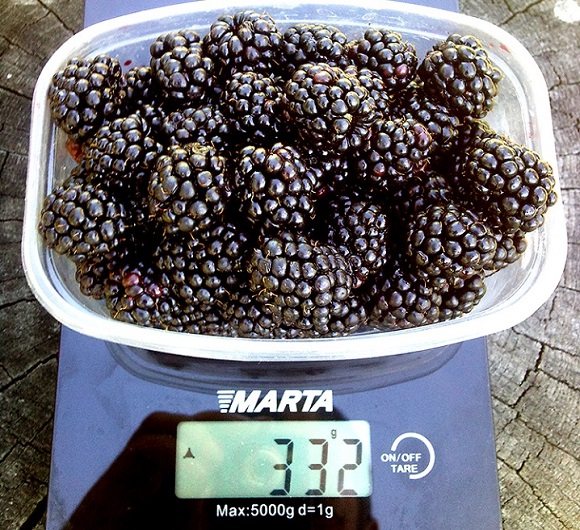

First collection
Testimonials
Gardeners choose the Black Satin variety for its unpretentiousness and high productivity. Planting 2-3 bushes is enough to provide the whole family with fresh berries during the summer season. In industrial volumes, the plant is considered unprofitable, since the long collection period is inconvenient, and soft fruits are poorly transported and not stored.
Blackberry lovers speak of the variety as a culture with an exquisite, pleasant taste. The absence of root growth facilitates annual care, and trellis structures add decorativeness to the site until late autumn. According to summer residents, frost resistance and adaptability to any soil made Black Silk one of the most common berry crops.
Landing features
In order for the yield of the blackberry bush to be at a high level, and in your worries over time, it is necessary to prepare for the appearance of a beautiful blackberry in the garden.
Choosing the right place
A fruit bush of this variety is able to live in shaded areas, but in order to obtain a bountiful harvest, it is worth choosing the most illuminated places. In addition, your landing should be protected from strong winds. The soil is suitable for black earth, but do not allow excessive moisture, this will lead to rotting of the root system.
If there is a problem of high humidity in the area, drainage will come to the rescue.
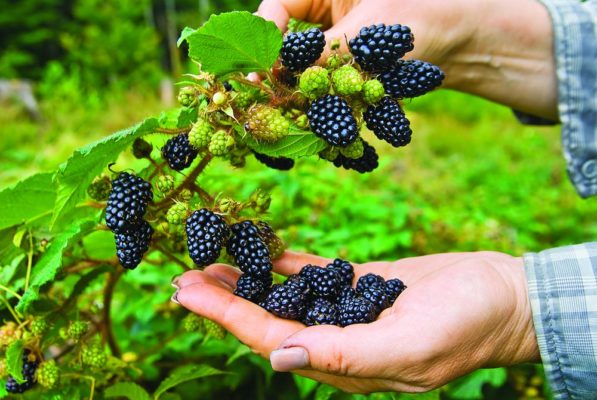

A lighted place will allow you to get a bountiful harvest of blackberries
When to start planting
It is better to plant Black Satin Blackberries in the spring before the buds swell. If the climate in your area is capricious, then you can play it safe and land in the fall, for example, in the second half of September. But then the young bush will need to be covered for the winter.
It is better to transplant blackberries before flowering (and Black satin blooms in the second half of May - June) or after harvesting.
Planting Secrets
Approach the choice of a seedling responsibly, the damaged one will not take root or will give a small yield. The root system must be well developed. Pay attention to the bark: “wrinkles” are unacceptable on it. They are a sign that the seedling was dug up a long time ago and is not suitable for planting. You can also tear off a small piece of bark, the bottom layer should be green, not brown.
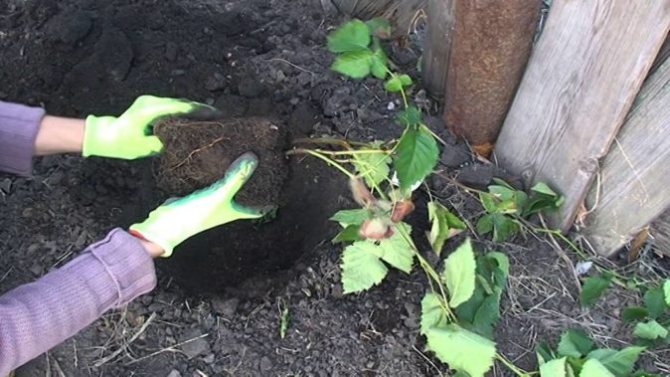

The seedling is lowered into the hole along with a lump of earth
The landing algorithm looks like this:
- holes are pulled out with a depth of about 0.5 m, the distance between the holes should not be less than 1 m;
- the pits are watered very abundantly;
- the seedling, along with a lump of earth, is lowered into the hole and sprinkled with earth;
- the soil is mulched (before the winter period, the mulch layer should be increased to 15 cm);
- pruning the branches so that three buds remain, so the seedling is 30–40 cm high.
Important to remember! In the first year after planting, the blackberries do not need to be fertilized. Otherwise, it will begin to actively grow and bear fruit, which will greatly weaken the seedling before the first winter, and it may die.
Reproduction
Transplanting and reproduction of Black Satin is done before flowering or after harvesting. Better to do this in the spring.
Blackberries can multiply in several ways:
- seedlings;
- layering;
- seeds;
- not lignified tops;
- petioles.
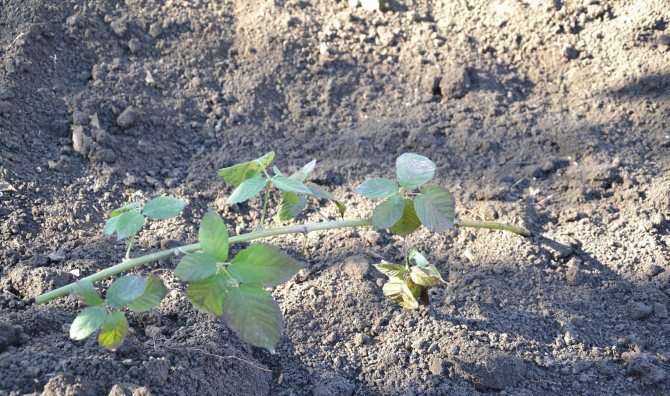

It is actual to propagate with stalks, which is done in July-August. A young shoot is chosen, with 2-3 live buds, and cut 20-30 cm in length. Separately, they dig a hole and root the plot, sprinkling it halfway with earth.
Another, no less effective option is the burial of the apical part. A shoot that has not yet coarsened, at least 30 cm long, is selected, bent and buried next to the mother bush. In the spring, when more than one leaf appears, they are separated and transplanted to another place. In this way, up to 4-5 new plants are obtained.

